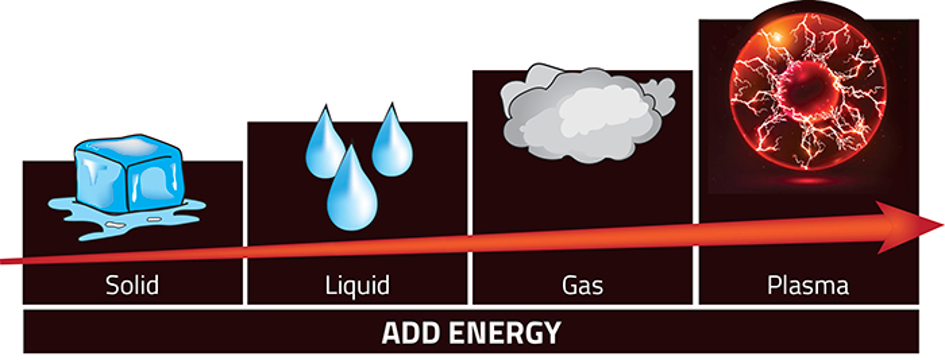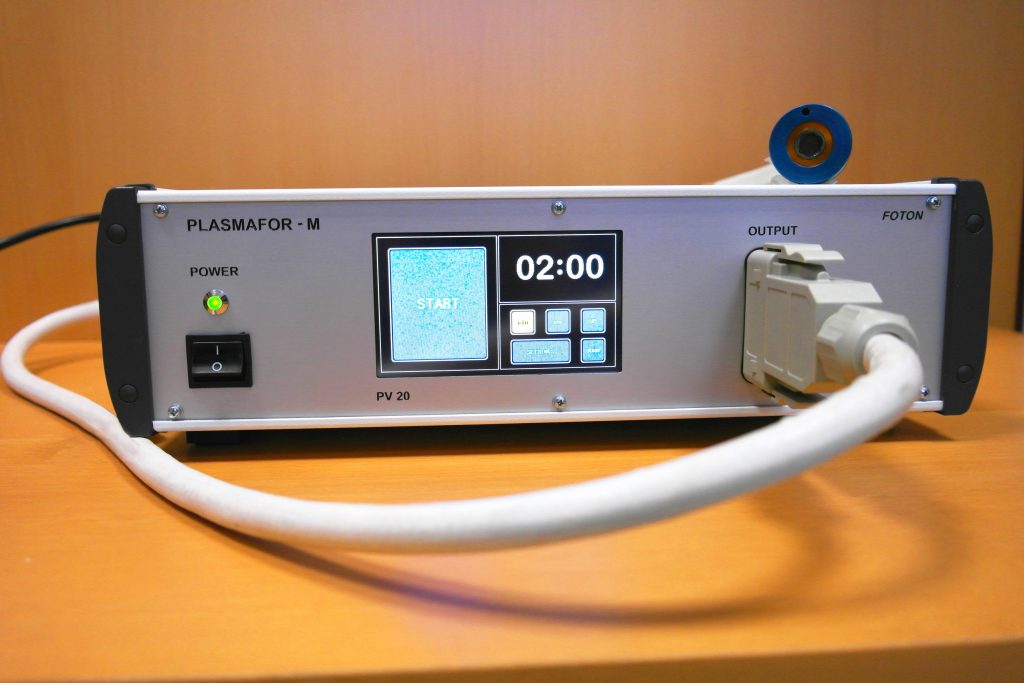Vyhledávání
Low-temperature plasma
A low-temperature plasma (LTP) is a partially ionized gas that consists of chemically active particles, reactive oxygen and nitrogen species, UV photons, electrons and ions. Physical plasma is formed by ejecting electrons from an electron shell of a gas atom, using energy induced by, for example, an electric charge, when excited and ionized particles are created while maintaining the overall electroneutrality of the gas. In terms of temperature and energy, plasma is divided into high-temperature and low-temperature plasma. In high-temperature plasma (NTP), the high temperature is only reached by electrons, and the overall gas temperature remains relatively low (less than 40 °C). In the most recent years, LTP has shown good results in biomedical applications such as effective decontamination of pathogen microbes, enhancement of wound healing and a potential anticancer effect.
A homogeneous low-temperature plasma (LTP) for biological applications is generated using porous membrane system with a power of 100 W which produces electron energy of 0,5 keV. The NTP PlasmaFor-M generator is an innovative re-make of a low-temperature plasma source based on atmospheric air which enables the generation of a much higher volume of plasma, as well as a higher efficiency of use. Our previous studies have shown a non-specific LTP bactericidal effects in rats as early as during a one minute’s exposition without having any harmful effect on their intact skin. LTP is contactless and painless.




 The NCK for MATCA is supported by the
The NCK for MATCA is supported by the